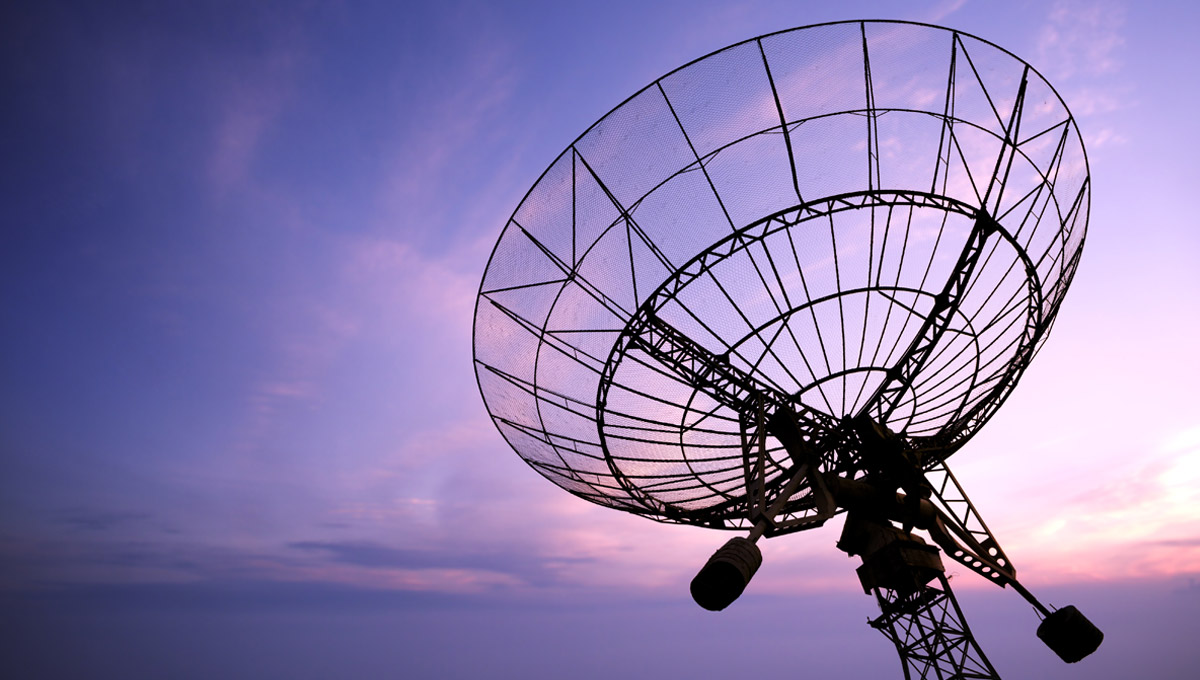Please click here to download the Newsletter as a PDF.
On September 19, 2024, the Department of Telecommunications issued the Telecommunications Right of Way Rules, 2024 (“RoW Rules”). The draft rules for the RoW Rules were published on July 10, 2024, for a 30 (thirty) day period of public consultation. These RoW Rules are in supersession of the Indian Telegraph Right of Way Rules, 2016, and the Indian Telegraph (Infrastructure Safety) Rules, 2022, notified under the Indian Telegraph Act, 1885.
The RoW Rules broadly state the following:
- Rule 3 states that the provisions apply to all instances where the right of way is required for telecommunication infrastructure, either on public or private property. It also directs that all applications for right of way must be submitted through a designated online portal to ensure standardisation and transparency;
- Rule 4 mandates that every public entity must appoint a nodal officer within 30 (thirty) days of the commencement of the RoW Rules. The nodal officer is responsible for overseeing the right-of-way processes and interactions between public entities and telecommunications facility providers;
- Rule 6 provides that facility providers seeking to establish underground telecommunication networks must apply through the designated portal. Public entities are required to process these applications within the stipulated timeframe. Rule 7 mandates that public entities must approve or reject right of way applications for underground networks within 45 (forty-five) days. If no decision is made within this timeframe, the permission is deemed granted;
- Rule 8 states that facility providers can apply for overground telecommunications networks through the same portal. It also allows the use of public street furniture for the installation of small cells and other telecommunications infrastructure. Rule 9 mandates that public entities must process right-of-way applications for overground networks within 45 (forty-five) days. Failure to act within the stipulated time results in automatic approval;
- Rule 10 provides that in cases of damage to existing networks, facility providers may establish temporary overground networks without prior permission. However, the restoration of the original infrastructure must be completed within 60 (sixty) to 90 (ninety) days;
- Rule 12 allows the Central Government to designate certain projects as special telecommunications projects, where right of way permissions are automatically granted upon application by the facility provider;
- Rule 13 mandates that facility providers must ensure public safety, comply with the terms of granted permissions, and maintain up to date digital records of installed infrastructure. These records must be accessible to the relevant authorities;
- Rule 14 grants public entities the authority to monitor and inspect the ongoing work of facility providers to ensure compliance with permission terms. Public entities are also empowered to take necessary actions if conditions are not met;
- Rule 15 mandates that facility providers must obtain the consent of private property owners before installing telecommunications infrastructure. All agreements between facility providers and property owners must be formalised in writing;
- Rule 16 provides that if a facility provider cannot reach an agreement with a property owner, they may seek intervention from the district collector. The district collector has 30 (thirty) days to decide, and the property owner must respond within 15 (fifteen) days. The decisions taken will be based on public interest;
- Rule 17 mandates that common ducts and cable corridors managed by public entities must be made available to facility providers on an open-access basis. The charges for using these corridors must follow a cost-recovery model, ensuring fair access;
- Rule 18 provides property owners the right to request removal, relocation, or alteration of telecommunications infrastructure with 30 (thirty) days’ notice to the facility provider. The facility provider must bear all associated costs and complete the process within 90 (ninety) days;
- Rule 19 provides that property owners must notify facility providers through the designated portal if they plan any actions that could interfere with telecommunications infrastructure. Facility providers have 24 (twenty-four) hours to respond to emergencies and 7 (seven) days for non-emergencies; and
- Rule 20 mandates that if a property owner’s actions cause damage to telecommunications infrastructure, the owner must compensate the facility provider for repair costs. Any disputes will be resolved in accordance with the Telecommunications Act, 2023.
Conclusion
The RoW Rules signify a significant step forward in modernising and expanding India’s telecommunications infrastructure. By establishing a clear legal framework and facilitating a streamlined process for obtaining right of way permissions, these RoW Rules foster improved collaboration among telecommunications service providers, public entities, and private property owners. They strike a delicate balance between the necessity for infrastructure development and the safeguarding of public interests, ensuring both safety and fairness in the deployment of telecommunication networks. Ultimately, the RoW Rules not only support the rapid and efficient rollout of telecommunication services across the nation but also contribute to a more connected India, driving economic growth and promoting technological innovation in the communications sector.
This Prism has been prepared by:
|
Tony Verghese |

Radhika Gupta |
Neethika Manoj |
For more details, please contact [email protected].













